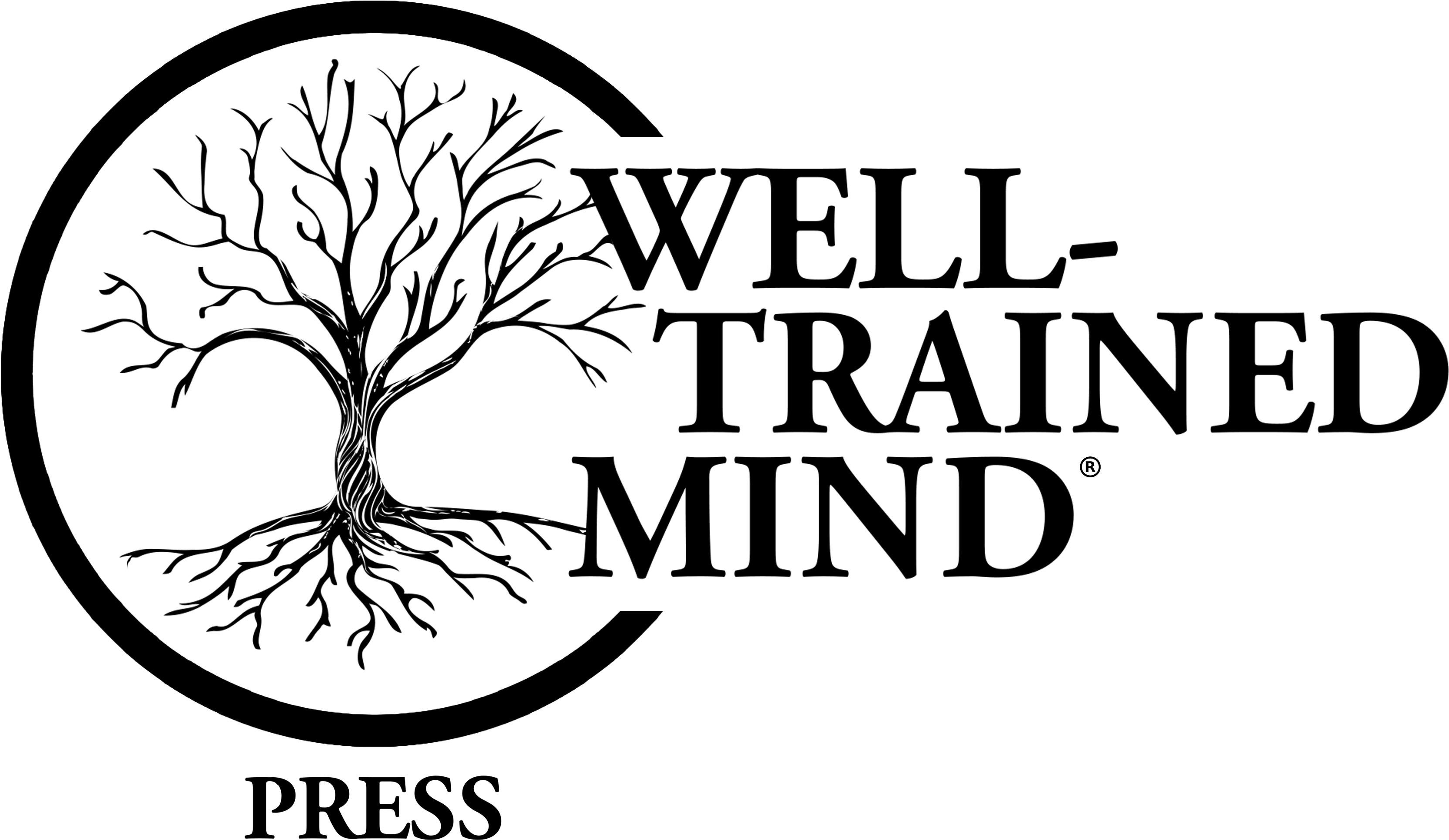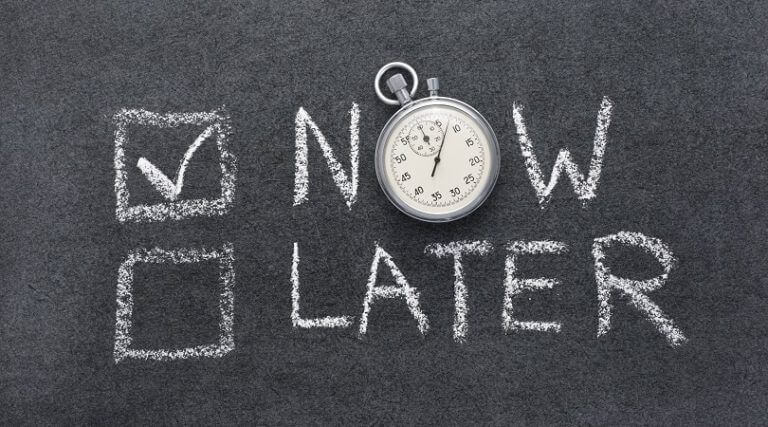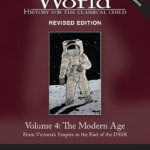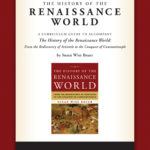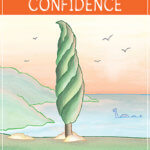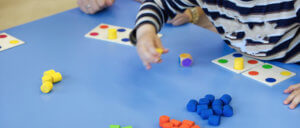
Classical education depends on a three-part process of training the mind. The early years of school are spent in absorbing facts, systematically laying the foundations for advanced study. In the middle grades, students learn to think through arguments. In the high school years, they learn to express themselves. This classical pattern is called the trivium.
The first years of schooling are called the “grammar stage” — not because you spend four years doing English, but because these are the years in which the building blocks for all other learning are laid, just as grammar is the foundation for language. In the elementary school years — what we commonly think of as grades one through four — the mind is ready to absorb information. Children at this age actually find memorization fun. So during this period, education involves not self-expression and self-discovery, but rather the learning of facts. Rules of phonics and spelling, rules of grammar, poems, the vocabulary of foreign languages, the stories of history and literature, descriptions of plants and animals and the human body, the facts of mathematics — the list goes on. This information makes up the “grammar,” or the basic building blocks, for the second stage of education.
By fifth grade, a child’s mind begins to think more analytically. Middle-school students are less interested in finding out facts than in asking “Why?” The second phase of the classical education, the “Logic Stage,” is a time when the child begins to pay attention to cause and effect, to the relationships between different fields of knowledge relate, to the way facts fit together into a logical framework.
A student is ready for the Logic Stage when the capacity for abstract thought begins to mature. During these years, the student begins algebra and the study of logic, and begins to apply logic to all academic subjects. The logic of writing, for example, includes paragraph construction and learning to support a thesis; the logic of reading involves the criticism and analysis of texts, not simple absorption of information; the logic of history demands that the student find out why the War of 1812 was fought, rather than simply reading its story; the logic of science requires that the child learn the scientific method.
The final phase of a classical education, the “Rhetoric Stage,” builds on the first two. At this point, the high school student learns to write and speak with force and originality. The student of rhetoric applies the rules of logic learned in middle school to the foundational information learned in the early grades and expresses his conclusions in clear, forceful, elegant language. Students also begin to specialize in whatever branch of knowledge attracts them; these are the years for art camps, college courses, foreign travel, apprenticeships, and other forms of specialized training.
A classical education is more than simply a pattern of learning, though. Classical education is language-focused; learning is accomplished through words, written and spoken, rather than through images (pictures, videos, and television).
Why is this important? Language-learning and image-learning require very different habits of thought. Language requires the mind to work harder; in reading, the brain is forced to translate a symbol (words on the page) into a concept. Images, such as those on videos and television, allow the mind to be passive. In front of a video screen, the brain can “sit back” and relax; faced with the written page, the mind is required to roll its sleeves up and get back to work.
A classical education, then, has two important aspects. It is language-focused. And it follows a specific three-part pattern: the mind must be first supplied with facts and images, then given the logical tools for organization of facts, and finally equipped to express conclusions.
But that isn’t all. To the classical mind, all knowledge is interrelated. Astronomy (for example) isn’t studied in isolation; it’s learned along with the history of scientific discovery, which leads into the church’s relationship to science and from there to the intricacies of medieval church history. The reading of the Odyssey leads the student into the consideration of Greek history, the nature of heroism, the development of the epic, and man’s understanding of the divine.
This is easier said than done. The world is full of knowledge, and finding the links between fields of study can be a mind-twisting task. A classical education meets this challenge by taking history as its organizing outline — beginning with the ancients and progressing forward to the moderns in history, science, literature, art and music.
We suggest that the twelve years of education consist of three repetitions of the same four-year pattern: Ancients, Middle Ages, Renaissance and Reformation, and Modern Times. The child studies these four time periods at varying levels — simple for grades 1-4, more difficult in grades 5-8 (when the student begins to read original sources), and taking an even more complex approach in grades 9-12, when the student works through these time periods using original sources (from Homer to Hitler) and also has the opportunity to pursue a particular interest (music, dance, technology, medicine, biology, creative writing) in depth.
The other subject areas of the curriculum are linked to history studies. The student who is working on ancient history will read Greek and Roman mythology, the tales of the Iliad and Odyssey, early medieval writings, Chinese and Japanese fairy tales, and (for the older student) the classical texts of Plato, Herodutus, Virgil, Aristotle. She’ll read Beowulf, Dante, Chaucer, Shakespeare the following year, when she’s studying medieval and early Renaissance history. When the eighteenth and nineteenth centuries are studied, she starts with Swift (Gulliver’s Travels) and ends with Dickens; finally, she reads modern literature as she is studying modern history.
The sciences are studied in a four-year pattern that roughly corresponds to the periods of scientific discovery: biology, classification and the human body (subjects known to the ancients); earth science and basic astronomy (which flowered during the early Renaissance); chemistry (which came into its own during the early modern period); and then basic physics and computer science (very modern subjects).
This pattern lends coherence to the study of history, science, and literature — subjects that are too often fragmented and confusing. The pattern widens and deepens as the student progresses in maturity and learning. For example, a first grader listens to you read the story of the Iliad from one of the picture book versions available at any public library. Four years later, the fifth grader reads one of the popular middle-grade adaptations — Olivia Coolidge’s The Trojan War, or Roger Lancelyn Greene’s Tales of Troy. Four more years go by, and the ninth grader — faced with the Iliad itself — plunges right in, undaunted.
The classical education is, above all, systematic — in direct contrast to the scattered, unorganized nature of so much secondary education. This systematic, rigorous study has two purposes.
Rigorous study develops virtue in the student. Aristotle defined virtue as the ability to act in accordance to what one knows to be right. The virtuous man (or woman) can force himself to do what he knows to be right, even when it runs against his inclinations. The classical education continually asks a student to work against his baser inclinations (laziness, or the desire to watch another half hour of TV) in order to reach a goal — mastery of a subject.
Systematic study also allows the student to join what Mortimer Adler calls the “Great Conversation” — the ongoing conversation of great minds down through the ages. Much modern education is so eclectic that the student has little opportunity to make connections between past events and the flood of current information. “The beauty of the classical curriculum,” writes classical schoolmaster David Hicks, “is that it dwells on one problem, one author, or one epoch long enough to allow even the youngest student a chance to exercise his mind in a scholarly way: to make connections and to trace developments, lines of reasoning, patterns of action, recurring symbolisms, plots, and motifs.”
Find out how many, many different families are implementing classical education at the Well-Trained Mind forums.
Recommended Products
-
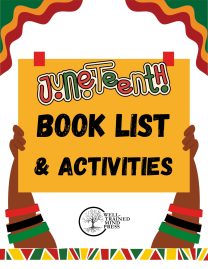
Juneteenth Booklist & Activities
0 out of 5$0.00 Add to cart -
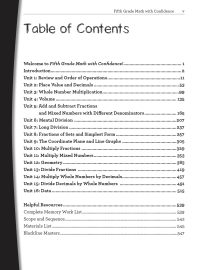
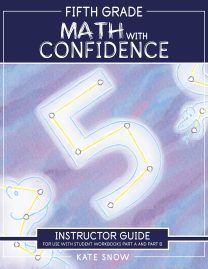
Fifth Grade Math with Confidence Instructor Guide
0 out of 5Starting at:$36.95Original price was: $36.95.$27.71Current price is: $27.71. Select options -
Sale!

Hansel & Gretel and Other Stories: Downloadable MP3
0 out of 5$12.95Original price was: $12.95.$9.71Current price is: $9.71. Add to cart -
Sale!
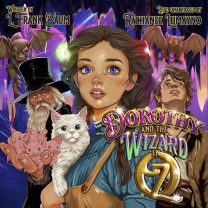
Dorothy and the Wizard in Oz: Downloadable MP3
0 out of 5$25.95Original price was: $25.95.$19.46Current price is: $19.46. Add to cart -
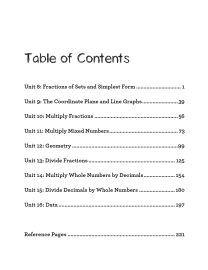 Sale!
Sale!
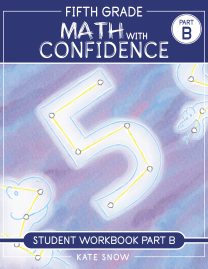
Fifth Grade Math with Confidence Student Workbook B
0 out of 5$16.46 – $21.56 Select options This product has multiple variants. The options may be chosen on the product page -
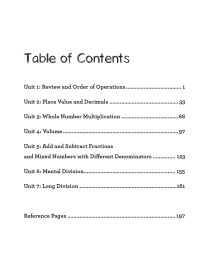 Sale!
Sale!
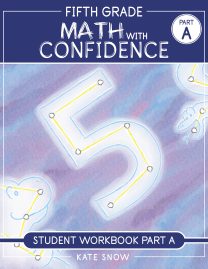
Fifth Grade Math with Confidence Student Workbook A
0 out of 5$16.46 – $21.56 Select options This product has multiple variants. The options may be chosen on the product page
ABOUT THE AUTHOR
Susan Wise Bauer
Join over 100,000 homeschooling families
For the latest offers, educational insights, products and more.
By joining you agree to our privacy policy.
